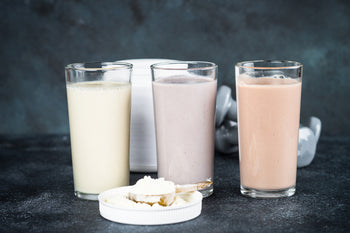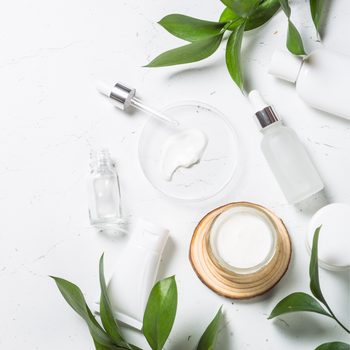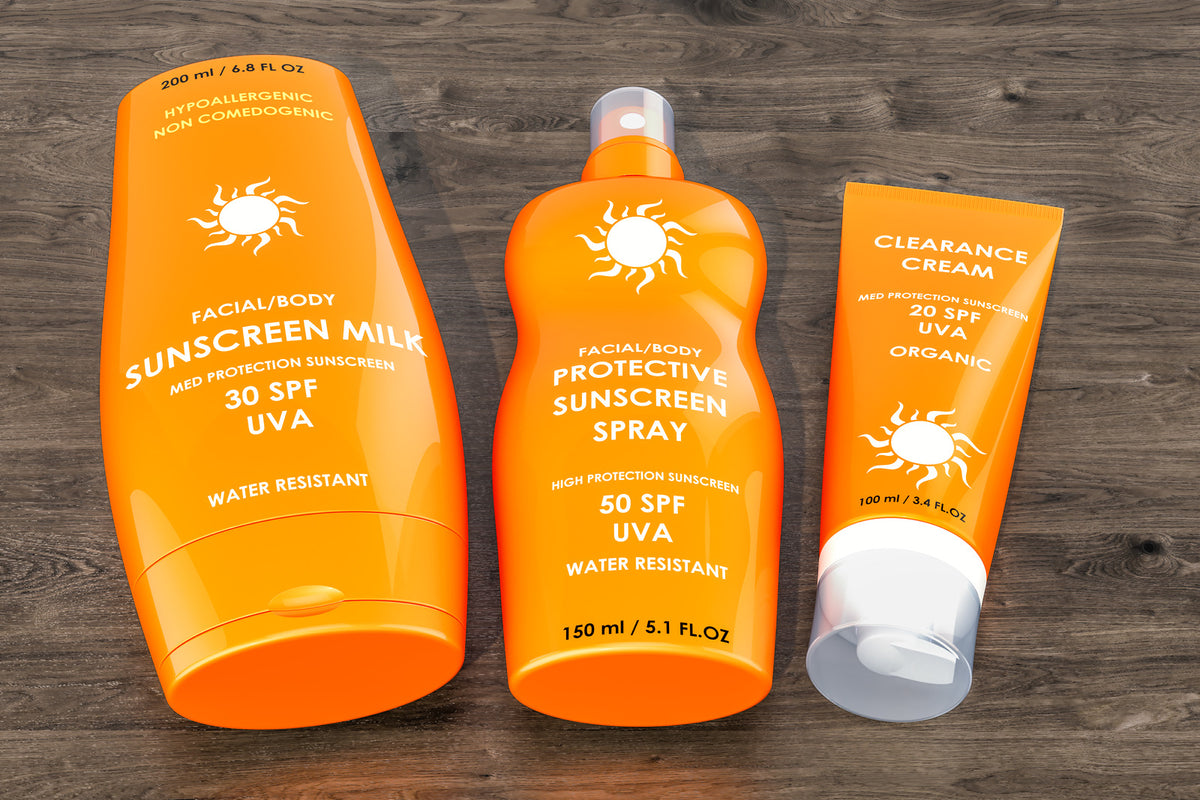 Categories
CategoriesDiet & Exercise
Discover More Articles

It’s no secret that stress can take a toll on our body, mind, and brain. December is not the month to throw your self-care and mental health priorities out the window.

5 Ways to Stay Motivated This Winter
When the seasons change it suddenly becomes harder to get out and exercise. Winter fitness programs aren’t the easiest to stick to, but they’re imperative to your overall health and well-being. So with that in mind, let’s take a look at what you can do to stay motivated and successful with your winter fitness goals.

How to Detox After Holiday Feasts
If you’re having a hard time committing to your diet over the holidays, you’re not alone. And the good news is you don’t have to be perfect to maintain your weight over the holiday season. Try following these simple detox tips after each scrumptious holiday meal and start the new year fresh and ready to finally achieve your health and fitness goals.

High Protein Meal Replacement Shakes
Meal replacement shakes aren’t just low in calories, they’re high in essential nutrients your body needs to keep yourself nourished and your stomach feeling full, while helping also you maintain or lose weight. Protein provides numerous benefits to your body, including fueling the entire body, helping build muscle mass and being a key component to essential substances your body needs, like antibodies and blood.

Skin Cycling: all about the newest trend
The skin cycling hashtag has been viewed over 3 billion times on TikTok—and dermatologists say it's a strategy worth trying.The term "skin cycling" is all about taking a cyclical approach to your facial skincare routine.

Get ready for a plumper, perkier-looking neckline
Meet our new luscious neck cream featuring our proprietary elasticizing bioactive plant blend that targets lines and texture, so your neckline appears smoother, renewed & 10 years younger looking!

TRENDING MAKEUP HACK: BLUSH & BRONZER AS EYESHADOW
By selecting shades that complement each other, you can achieve a harmonious and polished makeup look without the need for multiple products.

5 signs you need more electrolytes
Electrolytes help with hydration by ensuring the body can actually absorb and use the water you drink—preventing dehydration in the presence of sufficient water intake.

Ring In 2025 With ✨ Glowing ✨ Skin…And FREE Boosters!

Better Ingredients, Better You
Your health goals aren’t one-size-fits-all, so your supplements shouldn’t be either. That’s why we designed the Power Line to target different pillars of performance and wellness — from appetite control to anti-aging to athletic power.

The Answer May Surprise You
You’re shopping for sunscreen and the numbers flash before you in the aisles: SPF 5, SPF 15, SPF 30, SPF 45, SPF 75... If you’re looking for optimal protection, you go with the highest SPF you can find, right?
Not so fast.
Dermatologists and aestheticians typically recommend an SPF of at least 30 every day for both indoor and outdoor activity. While an SPF of 15 blocks 93% of UVB rays, an SPF of 30 blocks 97% and an SPF of 50 blocks 98%, going higher than 50 doesn’t increase your protection by any significant amount.
So as long as you are using an SPF of at least 30 daily, you’re good to go.
In fact, the higher the SPF, the more likely most people are to neglect reapplying their sunscreen after several hours in the sun, believing that they are protected for longer because of that high number on the bottle. This can lead to sunburn, blistering and – when practiced routinely – precancer that may eventually lead to the occurrence of skin cancer.
Here are the quick facts:
-
The term SPF, or sun protection factor, is a measurement of UVB protection. UVB rays are the burning rays, while UVA rays are the aging rays, leading to wrinkles and dark spots on the skin. By choosing a higher SPF, you may avoid a sunburn, but UVA rays may still be getting through. This is why choosing a sunscreen that offers “broad spectrum” protection is essential to protect against both UVB and UVA rays.
-
Not sure your sunscreen has enough UVA-blocking ingredients? Look for the following on your product’s label: zinc oxide, titanium dioxide, avobenzone, ecamsule or oxybenzone.
-
Don’t be fooled by a false sense of security by choosing an SPF over 50. You should still reapply every two hours – or every 60-80 minutes when swimming or sweating. Seek the shade and wear a wide-brimmed hat, as well as other sun-protective clothing when out in the sun for prolonged periods. You can even buy SPF-infused clothing to wear for your next trip outside.
-
A shot glass worth of sunscreen is recommended on the entire body, applied 15 minutes before leaving the house, to assure the product has time to start working in the skin before being exposed to the sun.
-
A broad spectrum sunscreen with an SPF of at least 30 should be a staple in your daily skincare regimen – no matter the season, time of day or type of weather. UV rays penetrate clouds and reflect off the snow, so don’t be fooled into thinking that just because it’s raining or the dead of winter that you don’t need to apply an SPF.
